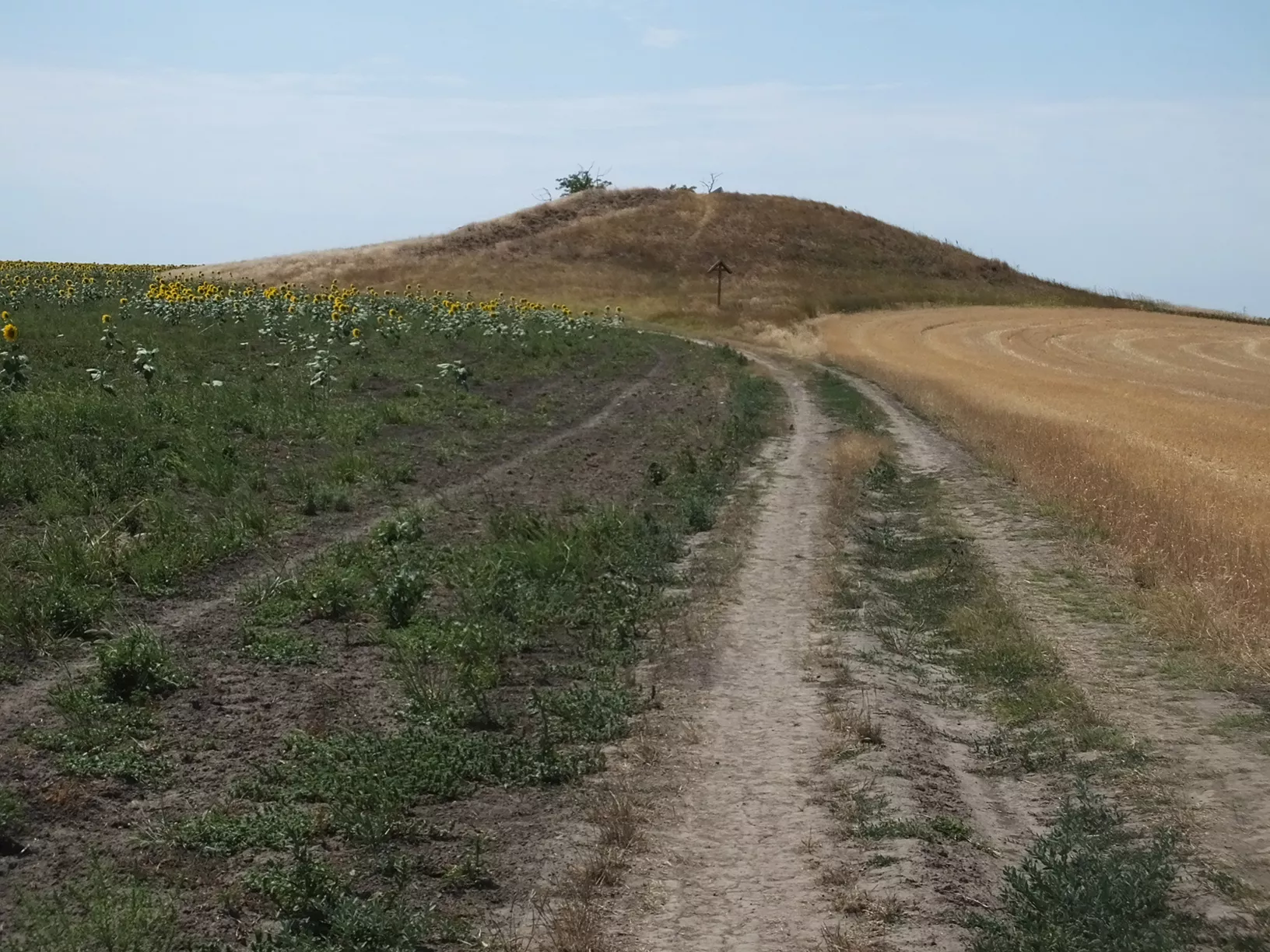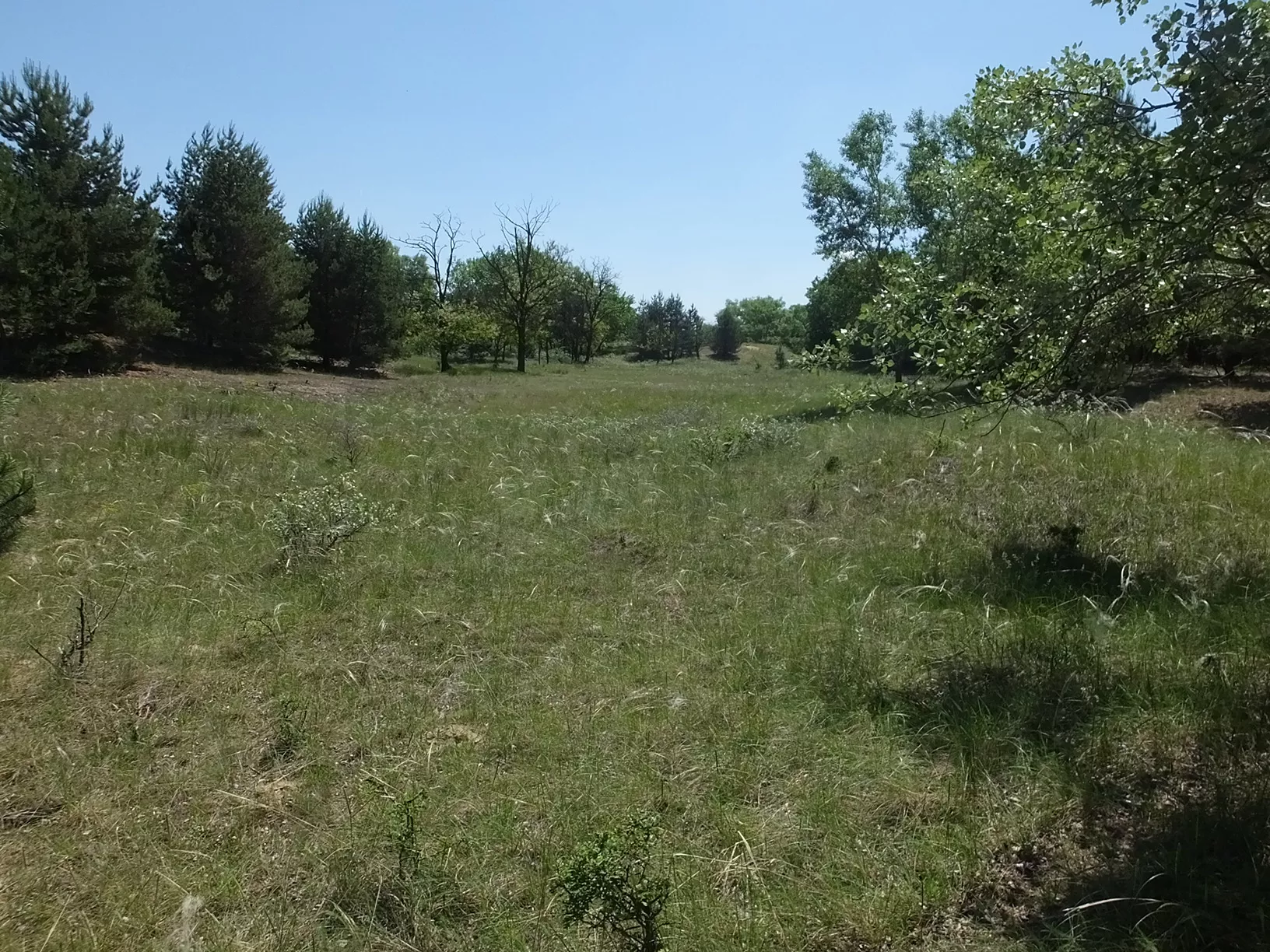In one of their latest research projects, members of the Landscape and Conservation Ecology Momentum Research Group operating within the Centre for Ecological Research (CER) examined the biodiversity of forest-steppe patches and burial mounds on the Great Hungarian Plain. They found that the nature conservation value of these isolated habitats, despite their small size, is outstanding: they provide a home to at least 150 species of spiders ‒ some of them rarely seen, and others completely unknown until now. The paper presenting the results of the study was published in the prestigious journal Basic and Applied Ecology.
In the Great Hungarian Plain, numerous patches of forest-steppe and burial mounds serve as islands protecting the original flora and fauna of the region. In this research project, members of the CER research group investigated these two highly fragmented habitat types ‒ which exist only in small patches. The forest-steppes of the Kiskunság region are made up of dry grasslands surrounding small patches of forest. The forests consist mainly of poplar trees, and the shrub level is made up of hawthorn and juniper bushes. For this project, however, the ecologists focused on the grass-level components of the communities. Also examined were grasslands found on kurgans (burial mounds). These ancient burial places associated with peoples of the steppe are thousands of years old and, particularly on the Great Hungarian Plain, found in large numbers.

“There are hundreds of thousands of kurgans in Eurasia, and since the sides of these hills are quite steep and generally reach a height of a few meters, they were usually unsuitable for agricultural cultivation. For this reason, the flora and fauna of the ancient grasslands are often preserved there to this day. Today, both examined habitats, the forest-steppe and the steppe vegetation covering the kurgans, only exist in a relatively small area of our country, and they provide one of the last refuges for the original fauna and flora,” said Róbert Gallé, a member of the research group and the lead author of the study.
The main objective of the research was to establish how well these small patches of habitat are able to preserve the unique and ancient flora and fauna. In most cases, quite singular communities form in these fragments. Summers in forest-steppe areas are hot and will only get hotter with climate change, but winters are pronouncedly cold, meaning that the annual and daily fluctuations in temperature are extremely wide. The fauna of these areas have therefore adapted to extreme conditions.

Unlike with kurgans, the most common form of human disturbance in these habitats is not agriculture, but rather tree plantations. Moving westward, the place of the original forest-steppe is increasingly being replaced by planted poplar and pine forests, and within these, the original flora and fauna can be found only in increasingly smaller patches, which are today only a few hectares in size.
“We investigated how the landscape structure affects the flora and fauna of these areas. The landscape structure is influenced by the extent of the planted forests, the distance between neighboring forest-steppe patches, and the size of these patches. All of this affects the ability of the fragments to preserve biodiversity. These habitats are valuable from an ecological point of view because some of them have never been subjected to interventions that completely destroy the living ecosystem, such as plowing,” Gallé explained.
CER researchers selected 30 forest-steppe patches and burial mounds for their study, and assessed which plants and arthropods, including spiders, bugs, bees and wasps, live on them. The results showed that different groups of organisms have different effects. For example, generalist arthropods can be found in several habitats and specialist species that occur only in these communities react differently.
A general observation made by the researchers was that there is a high level of species richness in both types of habitats examined: for example, close to 150 species of spiders live in the small forest-steppe patches. In one of the patches, they even identified a species that was discovered more than 100 years ago, but which had not been observed anywhere since then until now, with 20 specimens of it being collected. Despite the fact that spiders are a fairly well-studied group of animals, the researchers also found a species that no one had ever documented before. “These rare and even unknown species indicate that there is still much we do not know about these habitats, and we almost always find some surprising result. Many species living here are only known from the Asian steppe region, as Hungary is the western border of the steppes,” Gallé added.
The results proved that even these small and rather isolated patches of habitat can preserve significant biodiversity, and therefore these fragments should be treated as valuable and important areas for nature conservation. However, protecting them effectively is hampered by the fact that these patches are very small and scattered, and are surrounded by areas that are constantly affected by intense human activity. Preserving them therefore requires human intervention in these patches to be reduced to an absolute minimum.